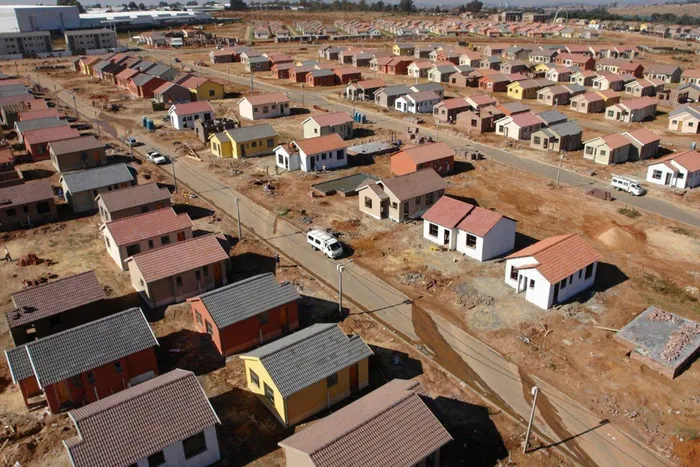Strong recovery in South Africa's housing market amid economic optimism

Multiple drops in the prime lending rate and an accommodative lending environment brought unexpected vigour for South Africa’s housing market.
Image: Supplied
South Africa’s national housing market recovery continues its rapid recovery with no signs of slowing down.
This is underpinned by improving economic sentiment, fuelled by a series of interest rate cuts-with the prospect of further rate relief, and supported by contained inflation, says Dr Andrew Golding, chief executive of the Pam Golding Property group.
“The outlook is further buoyed by an anticipated reduction in fuel prices and, notably, the country’s exit from the Financial Action Task Force (FATF) grey list, all of which is positive for investor confidence in general.”
SA's national house price growth remains on an upward trajectory, rising to +4.0% in September this year, according to the Pam Golding Residential Property Index.
The Western Cape continues to lead with an annual growth of +7.9%. Planned residential building activity is also rebounding, driven by a marked increase in approvals for flats and apartments, particularly in prime Western Cape markets.
Luxury property performance
“In the luxury and ultra luxury segment, the Western Cape and Cape Town in particular continue to experience high levels of demand, particularly in the City Bowl and Atlantic Seaboard, where we achieved property prices of R50 million and even beyond R100 million are no longer unusual exceptions.
"Prices are surpassing expectations amid significant interest from a mix of local, national, and international buyers,” says Golding.
Indicative of a strong appetite for high-end coastal living in KwaZulu-Natal, Pam Golding Properties says it achieved R634 million in sales within just two days of launching Beachwood Coastal Estate, a premier beachfront development on Durban North’s pristine beachfront.
It says this milestone set a new benchmark for land values in the province, achieving over R10 000 per square metre. Purchasers included primarily local buyers, as well as buyers and investors from upcountry, Dubai and Tokyo, with villas selling for up to R25 million, apartments around R15 million, and vacant erven reaching R20 million for 1 700sqm.
Golding says in Johannesburg, the luxury market appears to be slowly but surely reviving, with high-net-worth buyers originating mainly from within South Africa and other African nations.
“These buyers are drawn to secure, amenity-rich estates or to established suburbs offering boomed, access-controlled streets that combine strong community appeal with enhanced security, without the constraints of estate living.
"Proximity to leading schools, business hubs, and lifestyle amenities remains a key consideration, with Sandton, Fourways and Midrand standing out as preferred nodes.”
It has been a year of unexpected vigour for South Africa’s housing market, thanks to multiple drops in the prime lending rate and an accommodative lending environment, says Bradd Bendall, the national head of sales at BetterBond.
“Throughout the year, the market showed renewed momentum with a steady increase in home loan applications, supported by a strengthening economy and successive interest rate cuts.”
He says these factors bolstered buyer confidence and increased market activity in most regions, especially in Gauteng and the Western Cape.
Macro-economic environment
According to the bond originator, broader economic recovery, including improved business confidence, historic lows in producer inflation, and better infrastructure investment, bolstered real estate market prospects and investor confidence throughout the year.
“By October, the rand had strengthened by more than 9% against the US dollar since January, outperforming almost every major currency,” says Bendall.
SA’s removal in October from the FATF greylist has also consolidated the country’s reputation as a credible and reliable investment destination.”
The company says strengthened export growth, with high value-added exports to Europe rising by 24% year-on-year to R233 billion and a significant rebound in tourism arrivals reaching 1.3 million between January and July 2025, also point to an economy gaining ground.
SA property sector outlook for 2026
BetterBond says as the year draws to a close, the country’s housing market reflects a year of resilience and renewal. It says lower interest rates, stronger household incomes, and a more robust lending environment have set the stage for sustained recovery.
“The year’s steady rebound underscores the property sector’s role as both a driver and a mirror of broader economic recovery. If this momentum continues into 2026, the market looks poised to build on this year’s foundation of growth and confidence,” Bendall says.
Independent Media Property
Related Topics: